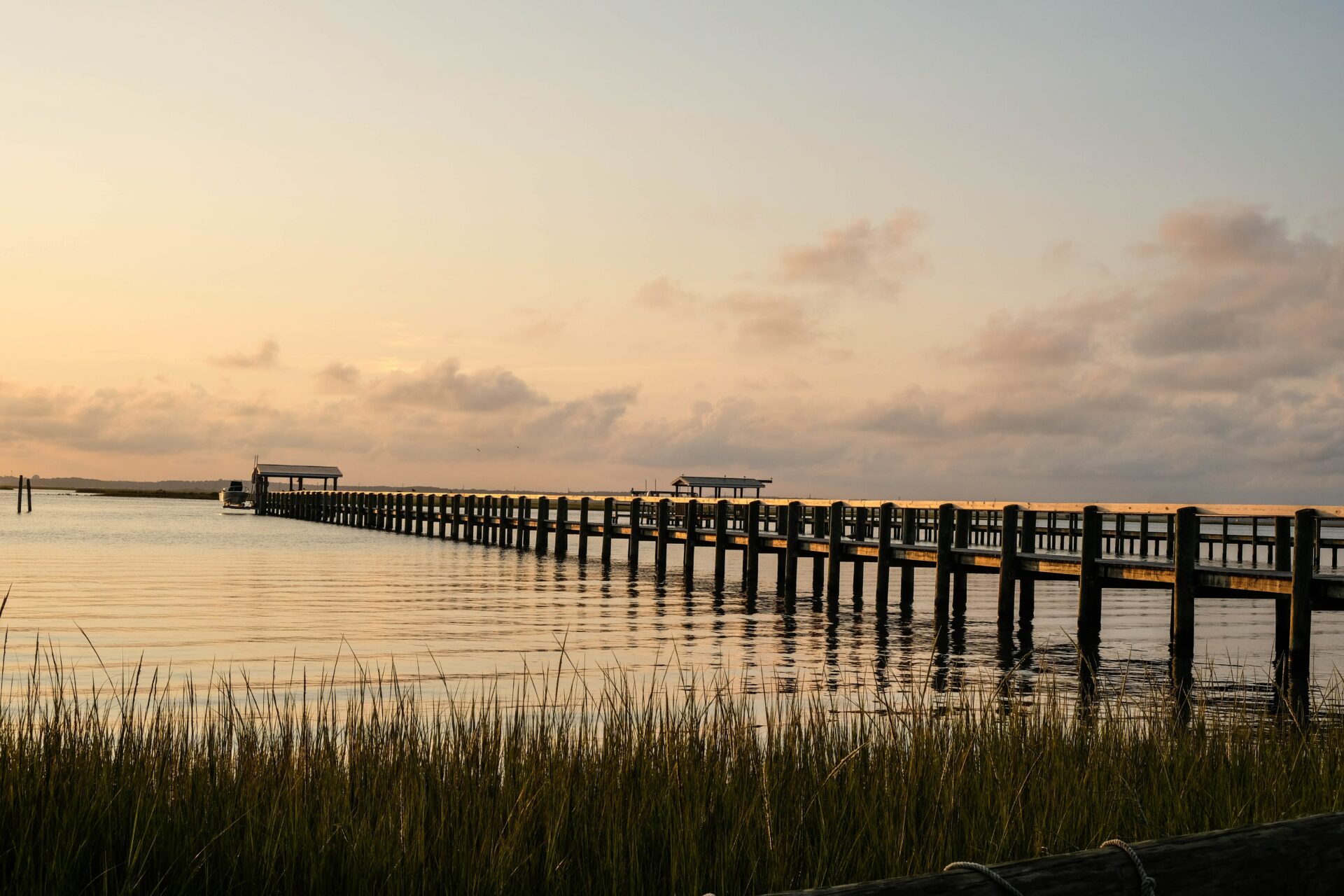I would bet a dozen Chincoteague oysters that if you asked 10 folks where Chincoteague is at least five would say, “I don’t know.”
That’s the good part and the bad part about this oft forgotten part of the Old Dominion. Chincoteague, for the record is located in the extreme northeast corner of Virginia’s eastern shore. Don’t know where that is?
Ok, follow Interstate 64 to Virginia Beach, then take a left onto Route 13 and continue over and under the water on the Chesapeake Bay Bridge Tunnel and you emerge on the Eastern Shore at Cape Charles.
The engineering feat along 14 miles of bridging and tunneling over and under the mouth of the Chesapeake Bay is worth the drive (but maybe not the $12 toll each way, yikes!).
Chincoteague is where I was at the end of September to celebrate my 16th wedding anniversary. Yes, my dear wife still puts up with me and this lifestyle, but she requests a weekend with fresh oysters every now and then.
Oysters and hunting are what made Chincoteague famous in days of old. While these tasty shellfish are not as plentiful these days, the hunting is still good and the local businesses have tried very hard to market “The Island” as a vacation destination.
There’s a nice beach on Assateague Island, galleries, souvenir shops selling t-shirts and shot glasses, an assortment of restaurants, sunset and dolphin watching cruises, mopeds for rent and the usual tourist offerings on Chincoteague.
What makes it special to me, though, are plenty of hidden beaches and places accessible only by boat or kayak, great flounder and channel bass (red drum) fishing and many species of ducks and geese for hunters.
There’s also the rail hunting. My mentor, the late Bob Gooch once told me of his rail adventures, and I decided I had to pursue this in honor of him.
Now in the old days, he told me local guides would pole hunters over a flooded marsh in a flat bottom wooden boat. The birds would be stalked and flushed and you would try and get off a shot from the shaky craft.
These days the marshes are still there, but those that rail hunt do it a bit differently.
Captain Pete Wallace has a 20’ Carolina Skiff he uses as a landing craft to access the “tumps” of mud and grass that double as marsh hen habitat. Each is covered usually by at least an inch or so of water at low tide (totally covered except for the grass at a good high tide) and harbor literally thousands of minnows, snails, worms, bugs and birds. It smells rank, too, but that just means it’s full of thousands of years worth of life.
Rail eat bugs and snails as they secretly live on these islands. I say secretly because you rarely ever see one except as you walk in a zigzag fashion across these tumps to flush them.
I try every time to see these birds before they flush, but the only time it’s happened is when they are swimming.
Capt. Pete has a saying about rail: “They hide, run, swim and only then fly.”
The Capt. knows his rail and that’s why I go with him. I hunted from 7:30 am to about noon with two other visitors (one from Holland & Holland and the other an investment banker customer) and we flushed 12 rail. I shot the Daly 20 ga. over and under eight times and dropped four birds. My companions brought down two.
The conditions weren’t ideal, though on paper they should have been. The full moon usually pulls an extremely high tide over the tumps, making the rail easier to flush. During my visit, a high-pressure bubble brought 90-degree temperatures and strong SW winds that blew much of the tide out and never allowed it to flow back.
The day after we left a strong NE front arrived and Capt. Pete emailed me they had “the tide” we were looking for. Isn’t that always the case?
While rail hunting is over for the year, if you call quickly, I think Capt. Wallace might be able to find room for you on the boat for a duck hunt. He’s a lot of fun and really knows the marsh around Chicoteague. (www.chincoteaguehunt-fish.com or 757.894.8148).
It’s been two years since I was last at Chincoteague for a similar adventure. As we did before, this time we ate oysters at every meal and visited the Chincoteague National Wildlife Refuge. For this visit we also brought an Emotion kayak and an Emotion paddleboard. When the wind subsided Saturday evening we slipped them in and paddled along the lee side of the Assateague Channel enjoying a magnificent sunset. We also had a great anniversary lunch courtesy of my mother and father-in-law at Don’s Restaurant where you’ll find real Chincoteague oysters.
We always stay at the Island Motor Inn (www.islandmotorinn.com and 757.336.3141). It’s a wonderful hotel located right on the water of Chincoteague Bay. All rooms look out from a private balcony, and ducks and seabirds often serenade you if you leave the sliding door open.
I wish anniversaries came more often because I’d like to return to Chincoteague to hunt rail, eat oysters and paddle with my wife at least once a month.
Until next time, remember to cherish, protect and conserve the outdoors while sharing it with others.



